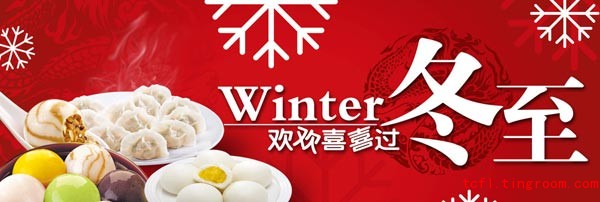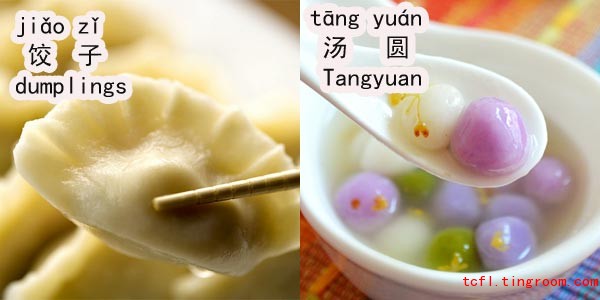Today is the day of Dongzhi (冬至 dōng zhì ), or winter solstice, in China this year. As one of the 24 solar terms according to China's traditional lunar calendar, Dongzhi is considered a very important one that many people even consider it as a festival.
What is Dongzhi(冬至 dōng zhì)?
In China, there are 24 solar terms(节气jiē qì) which were traditionally celebrated in the history. In the whole year, Dongzhi is the day with the shortest daytime but longest night because the Sun's position in the sky is at its greatest angular distance on the other side of the equatorial plane.
From the day of Dongzhi, the daytime starts to become longer and longer, which was considered a good sign by ancient people, and therefore appeared a saying of 'Dongzhi is as important as the New Year'.

What do Chinese people do?
People did various celebrating activities on this day. During Ming and Qing dynasties, the emperors offered sacrifice to the sky and some other gods on Dongzhi. The grand ceremony was being held until the end of the dynastic period. Nowadays, many people in north China eat dumplings(饺子jiǎo zǐ ) on the day of Dongzhi.
In other areas of China such as the south, people eat different food such as Tangyuan(汤圆tāng yuán), which is a kind of rice flour ball with a sweet filling, on Dongzhi. Although eating certain food is the common way of passing Dongzhi today, people in old times used to hold some activities on this day.

How did it originate?
According to the Chinese folk saying, Dongzhi is the start of the cold winter. From this day, every nine days are counted as a phase, in which the third and fourth phases are said to be the coldest of the year, and there are totally nine phases before the spring comes. According to a tale, the custom of eating dumplings was originated because of the chilliness.
People used to get together and drink alcohol on this day. They drew a chart called 'Xiao Han Tu', with 81 grids representing the 9 phases after Dongzhi, and filled each grid black or with a plum blossom as a countdown of the end of winter and showed people's expectations for the coming spring.
Nowadays, people no longer draw the "Xiao Han Tu" to count the days left in winter, but still keep the tradition of eating the symbolically traditional food and wearing more warm clothes after Dongzhi. Everyone still hopes the cold winter can pass soon and the New Year starts with a beautiful spring.
 English
English Japanese
Japanese Korean
Korean French
French German
German Spanish
Spanish Italian
Italian Arab
Arab Portuguese
Portuguese Vietnamese
Vietnamese Russian
Russian Finnish
Finnish Thai
Thai dk
dk